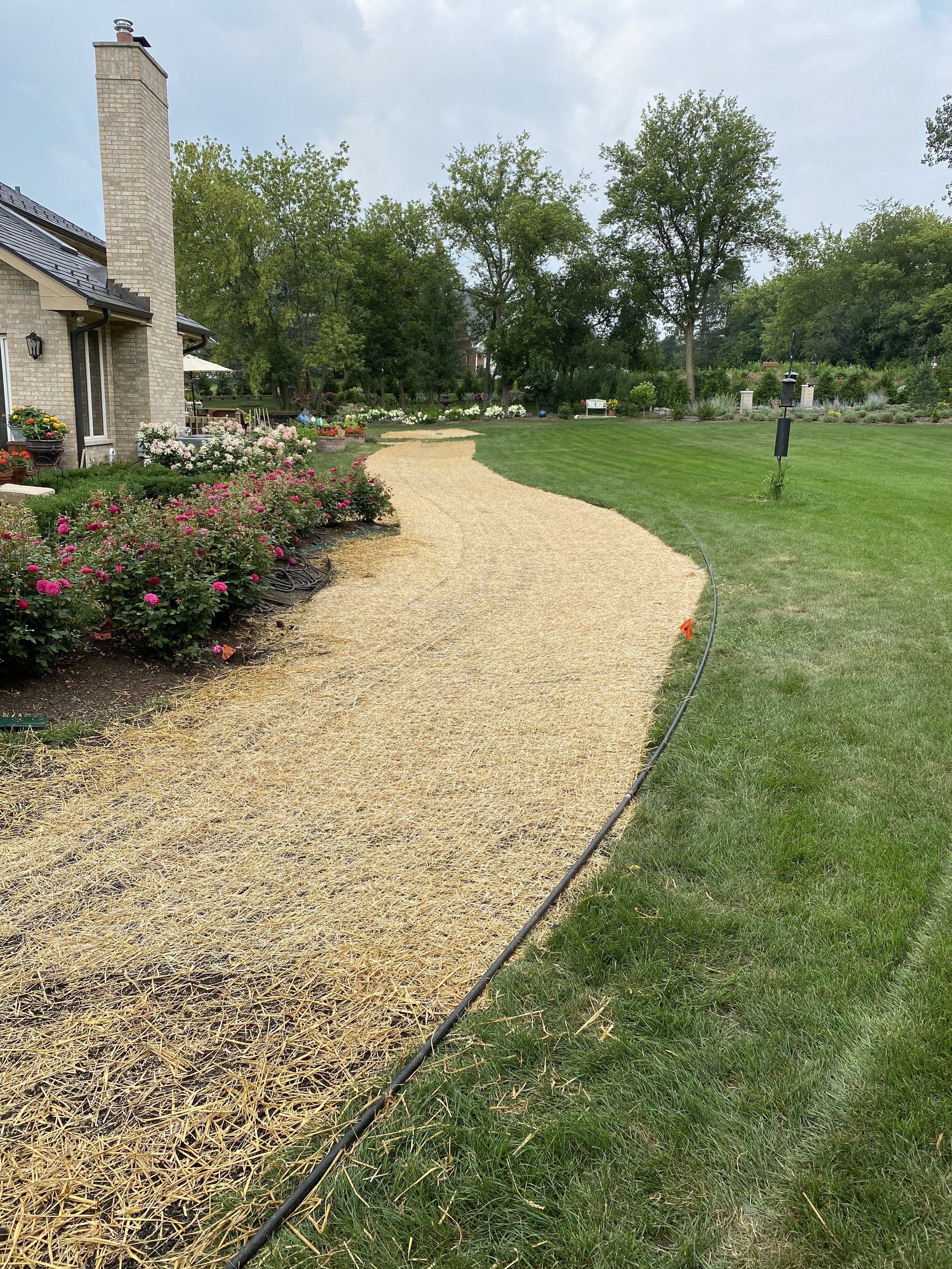Coated and Uncoated Grass Seed
What is coated seed?
It is a special protective coating that keeps the grass seed moist during the germination process. Grass seed that is coated is more expensive but is more forgiving if you have a challenge keeping the seed moist.
It provides about half the amount of coverage as uncoated seed per pound. However, it does have a better germination rate.
History of coated seed
Seed coating was introduced by the vegetable industry in the late 1930s and early 1940s to increase seed size and achieve seed uniformity (Kaufman, 1991; Roos and Moore, 1975).
Seed coating has since evolved from simply changing seed size and shape to producing treated coatings to supply compounds that influence the microenvironment of each seed.
Compounds can include fungicides, insecticides, herbicides, micro- and macronutrients, growth regulators, surfactants, and polymers, pesticides to protect from birds and rodents, and chemicals that stimulate or delay germination (Scott, 1989).
Studies and Research
Research conducted by Newell (1997), found increased establishment in Kentucky bluegrass, perennial ryegrass, red fescue (Festuca rubra), and two seed mixtures when fungicide-coated seed was used and compared with controls.
Coated grasses showed better coverage and consequently greater maturity than uncoated grasses. Further research over a longer establishment period is necessary to investigate if seed coating not only improves establishment to 50% coverage and compensates for a reduced seeding rate, but also to determine if establishing turf areas with coated seed can lead to irrigation water savings when full coverage needs to be achieved (Bernd Leinauer, Matteo Serena, and Devesh Singh, 2010).


